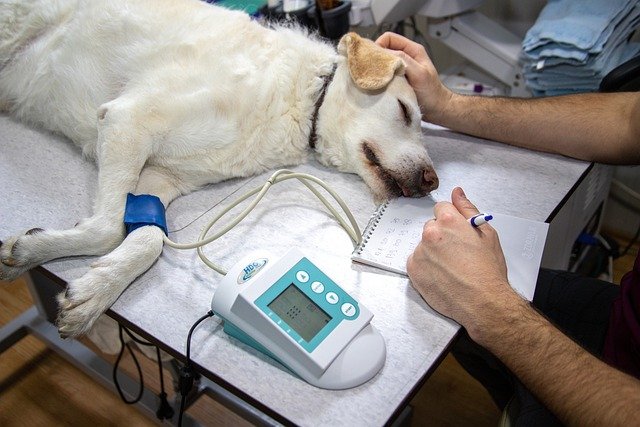Using growth trajectories and health history to assess age range
Estimating a pet’s age often requires combining visible growth markers with a record of past health events. A practical assessment draws on dentition, weight trends, mobility changes, and behavior alongside documented development milestones to place an animal in a realistic age range rather than a single definitive number.

How do growth and development indicate age?
Growth trajectories and developmental milestones provide a structured way to estimate age. Puppies and kittens follow predictable patterns in size, coordination, and sensory development during their first months; larger breeds reach physical maturity later than smaller breeds. Observing stages of maturity such as eye opening, the onset of coordinated gait, and changes in coat quality can narrow an age range. Combining breed-specific timelines with measured growth and developmental notes improves assessment accuracy and supports more reliable predictions about future growth and health needs.
What does dentition and weight reveal about age?
Dentition is one of the most reliable external indicators of age for many species. The timing of deciduous tooth eruption and permanent tooth appearance follows typical windows that differ between species and breeds. Wear patterns, tartar accumulation, and tooth loss later in life contribute additional clues. Weight trends, tracked against expected growth curves for breed or species, help distinguish young, growing animals from those that have reached adult weight. Together, dentition and weight offer measurable markers that are especially useful when historical records are sparse.
How do mobility and behavior inform assessment?
Changes in mobility and behavior reflect both developmental stage and age-related decline. Young animals are typically more energetic and exploratory, while geriatric pets may show stiffness, reduced activity, or difficulty rising. Observing gait, joint range of motion, and reactions to play or handling provides insight into musculoskeletal maturity and potential early geriatric changes. Behavioral indicators such as learning responses, social engagement, and toileting patterns also evolve with age and can corroborate physical signs during a comprehensive assessment.
How can health history and geriatric indicators help?
A documented health history refines age estimates by linking past illnesses, surgeries, vaccinations, or growth checks to developmental windows. Records showing spay/neuter timing, chronic conditions, or past injuries let assessors align clinical events with likely ages. In older pets, geriatric indicators — including changes in vision or hearing, cognitive shifts, persistent weight loss or gain, and chronic pain signs — point toward later life stages. These indicators are best interpreted in context with historical data to create a balanced age-range estimate.
How does aging and lifespan context affect estimates?
Estimating age requires considering expected lifespan and aging patterns for the species and breed. Small-breed dogs and many cats often show different aging trajectories than large-breed dogs, which may reach maturity sooner and show geriatric signs earlier. Lifespan context also informs how quickly age-related changes are likely to appear. Using population-level lifespan data alongside individual growth and health history prevents over- or underestimation of age and supports realistic planning for preventive care and monitoring.
Using a pet age calculator with growth trajectories
A pet age calculator that integrates growth trajectories, dentition stages, weight charts, and recorded health events can produce a defensible age range rather than a single number. These tools typically combine observable indicators and historical entries, applying species- and breed-adjusted timelines to translate signs into an estimated range of months or years. While calculators aid consistency, they perform best when supplemented by a clinical exam and an owner-provided health history to capture nuances not evident from external markers alone.
This article is for informational purposes only and should not be considered medical advice. Please consult a qualified healthcare professional for personalized guidance and treatment.
In summary, assessing a pet’s age is most reliable when multiple indicators are integrated: growth and development milestones, dentition and weight records, mobility and behavior observations, and a detailed health history. Using growth trajectories in combination with clinical signs produces a practical age range that informs care decisions and long-term monitoring without implying unwarranted precision.






